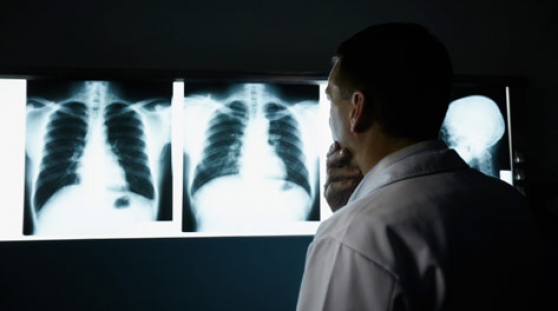Testicular Cancer Health Center
Table of Contents

Tests that examine the testicles and blood are used to detect (find) and diagnose testicular cancer. The following tests and procedures may be used:
- Physical exam and history: An exam of the body to check general signs of health, including checking for signs of disease, such as lumps or anything else that seems unusual. The testicles will be examined to check for lumps, swelling, or pain. A history of the patient's health habits and past illnesses and treatments will also be taken.
- Ultrasound exam: A procedure in which high-energy sound waves (ultrasound) are bounced off internal tissues or organs and make echoes. The echoes form a picture of body tissues called a sonogram.
- Serum tumor marker test: A procedure in which a sample of blood is examined to measure the amounts of certain substances released into the blood by organs, tissues, or tumor cells in the body. Certain substances are linked to specific types of cancer when found in increased levels in the blood. These are called tumor markers.
- Tumor marker levels are measured before radical inguinal orchiectomy and biopsy, to help diagnose testicular cancer.
- Radical inguinal orchiectomy and biopsy: A procedure to remove the entire testicle through an incision in the groin. A tissue sample from the testicle is then viewed under a microscope to check for cancer cells.
